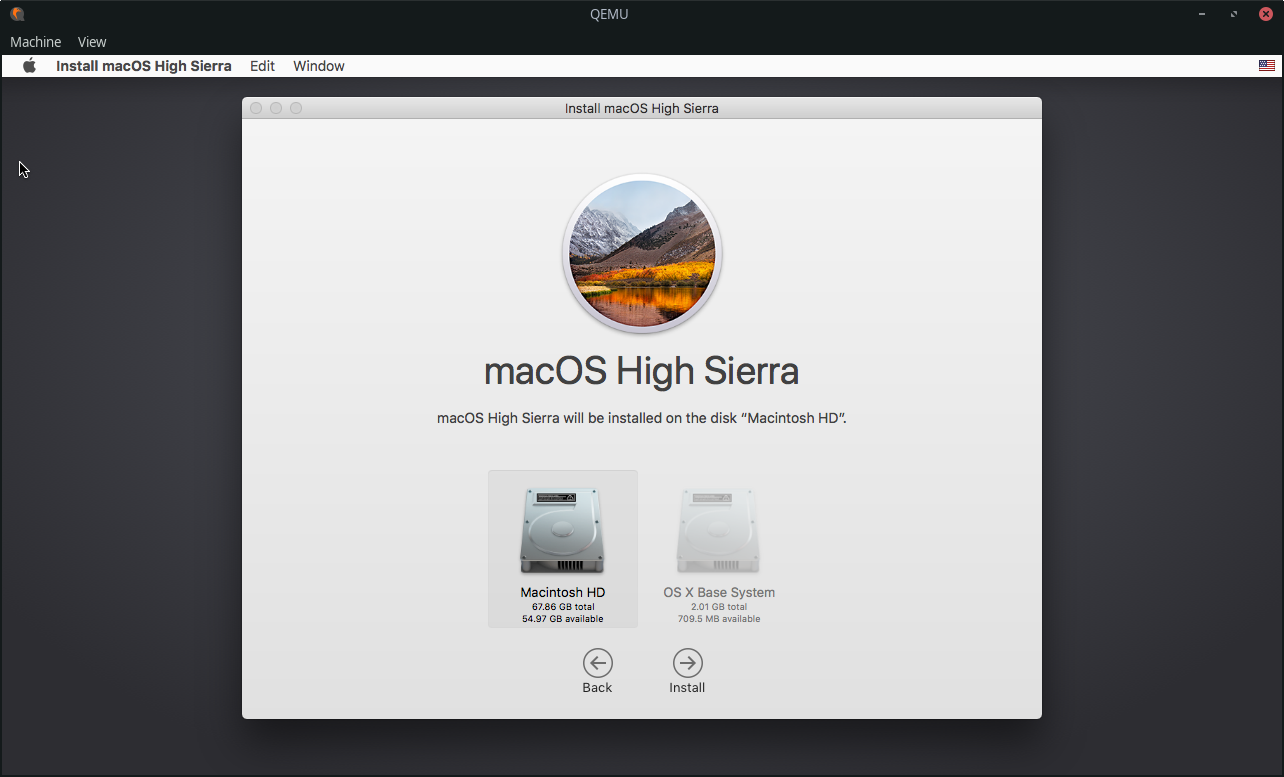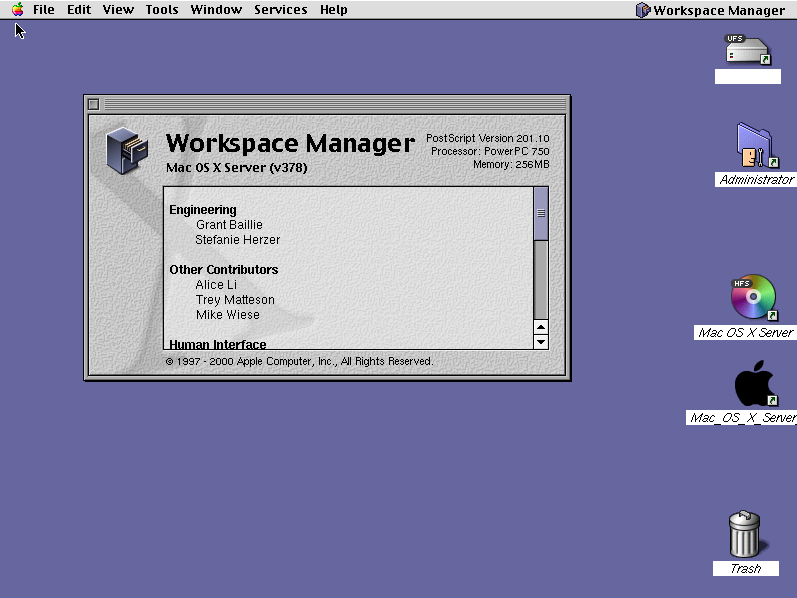

- QEMU MACOS MONTEREY HOW TO
- QEMU MACOS MONTEREY INSTALL
- QEMU MACOS MONTEREY UPDATE
- QEMU MACOS MONTEREY WINDOWS 10
- QEMU MACOS MONTEREY SOFTWARE
After creating the Monterey ISO file image, you can install macOS on virtual machine. To download macOS Installer, you can use a Real Mac, Virtual macOS, or a Remote Mac online. To create a macOS Monterey ISO image file, you need to download macOS Monterey.app and use Terminal to create a macOS ISO image. After that, you will need to create a macOS ISO image file.
QEMU MACOS MONTEREY SOFTWARE
The first step is to install the VirtualBox software on your Windows machine. VirtualBox comes with a VirtualBox Extension Pack that helps you support standard USB 3.0 support on macOS. VirtualBox allows you to create a virtual machine just like a Mac with APFS partition and Kernel.

You do not need to install any additional software except the VirtualBox. It provides many different and advanced virtualization features for macOS.

It is different from other software like QEMU. Using VirtualBox you can virtualize the x86 architecture of your computer.
QEMU MACOS MONTEREY WINDOWS 10
We will use VirtualBox software to create macOS virtual operating systems on your Windows 10 or Windows 11. Another thing you will need is software to create a virtual machine. If it is disabled, you can simply enable it from BIOS settings. ( 5358) Localization: Updated Japanese (thanks MMP0 and studio1a9) (macOS) Fixed crash when AVM window is closed ( 5347.
QEMU MACOS MONTEREY UPDATE
You can choose to opt-in to this new mapping by pressing the Update Interface button on each IDE drive in the VM settings. You will need a Windows PC with VT-X support. Existing VMs will not get this change automatically in order to maintain compatibility.
To successfully run macOS on Windows, we must consider a few things. Operating system: macOS Monterey OS/kernel version: Darwin MB-QEMU MACOS MONTEREY HOW TO
Yet, one of the best ways to install macOS on a Windows PC is using VirtualBox. How To Install macOS Monterey On Linux - Run macOS On Linux PC 10,013 views Hikmat E Ustad 1.59K subscribers 153 Dislike Share Using QEMU Kernel Virtual Machine KVM learn how. If you have a recovery partition, to boot directly into the Recovery Mode, turn on the Mac and immediately press and hold ⌘ + R.There are multiple ways to install macOS on Windows PC. i showcase macOS-simple-KVM, a considerably frictionless approach to getting a virtual machine with macOS up and running on LinuxmacOS-Simple-KVM - https://. The ambiguity of that last statement is I did that awhile before writing this comment, and I don't recall what I booted into first, only that it worked and was not hard to figure out what to do at that point. Installation will continue, or you will boot into the OS or get the Recovery Utilities menu (where macOS can be reinstalled from or Disk Utilities run). If the recovery partition isn't present and valid, these instructions won't work.Ĭlick the second entry. If the second partition isn't the recovery partition, look under the paths in the list to see if one of them is it. The second PCI path is probably to the recovery partition, the one you need to boot from. The first PCI path in the list is probably the boot partition that doesn't contain bootable firmware. You should see two entries in a list (they are cryptic-looking PCI bus paths). Select Boot Maintenance Manager and click. You'll be brought into an EFI text-mode GUI. I was able to fix the UEFI problems as follows (credit to the VirtualBox forum):

After manually directing EFI to boot into macOS for the first time, macOS automatically fixed up the boot partition, and subsequent boots worked properly. In my case, after installing macOS into a virtual machine according to these instructions (running the macOS installer from an ISO image downloaded from Apple), on first boot, the boot partition was present, but unconfigured (probably no boot image installed). By now you may have surmised boot.efi is an EFI standard filename that lives at an EFI standard path in a disk partition, and it contains OS-specific boot firmware (e.g., Windows, Linux, etc. Ultimately, the objective is provide a boot partition that contains a macOS boot.efi. Your immediate objective is to help EFI locate and execute OS-specific boot firmware. However, assuming you have a macOS recovery partition on that disk, it should contain a copy of boot.efi (macOS-specific boot firmware) that you can boot into the OS with. UEFI requires intervention, because the EFI firmware on the Mac's motherboard can’t find valid OS-specific EFI boot firmware in the standard location on disk.


 0 kommentar(er)
0 kommentar(er)
